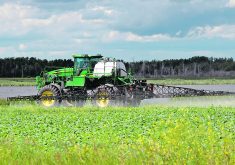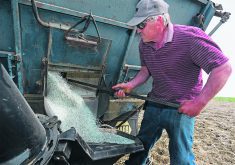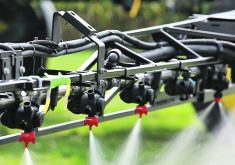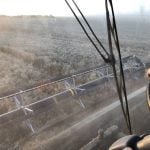Farm organizations give Commons agriculture committee a list of priorities that wouldn’t cost government a lot of money
REGINA — A one-meeting hearing of the agriculture industry’s priorities yielded a long list to the House of Commons’ agriculture committee last week.
The committee called witnesses in advance of the fall economic statement, expected later this month, looking for no- or low-cost priorities.
Both the Canadian Canola Growers Association and Canadian Federation of Agriculture called for an expansion of the railway interswitching pilot program and eventually its permanency.
Read Also
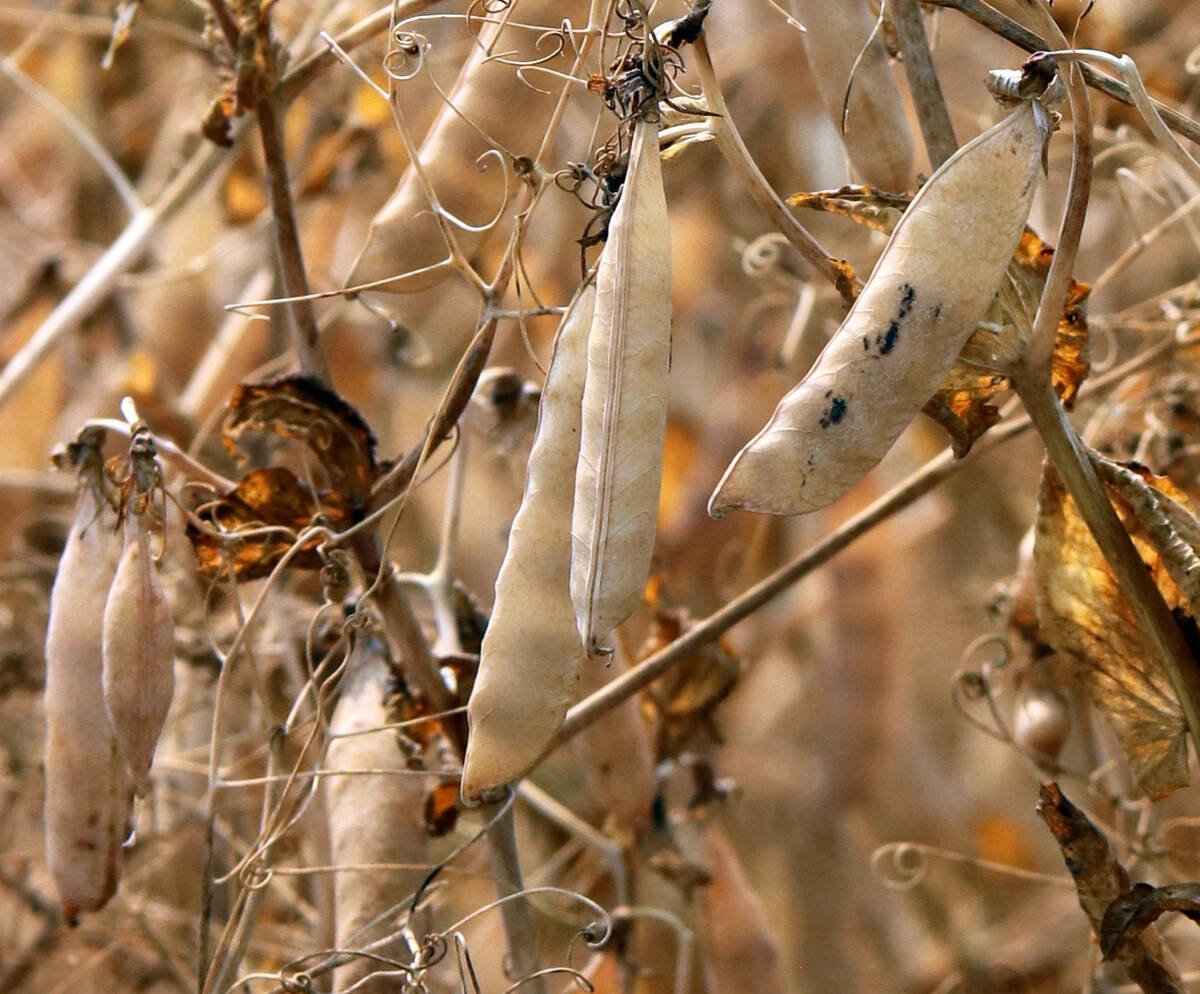
Trump’s tariffs take their toll on U.S. producers
U.S. farmers say Trump’s tariffs have been devastating for growers in that country.
Dave Carey, CCGA vice-president of government and industry relations, said expanding the distance to a 500-kilometre radius and extending the time for another 30 months would help gather more data and coincide with a review of the Canada Transportation Act.
The pilot expires at the end of March 2025, and he said there is no apparent plan to continue it.
Shippers are currently reluctant to use interswitching because they are worried about retaliation from the major railways, Carey said.
He added a 500 km distance allows the Peace region of northern Alberta to participate in the program.
Longer term, he said the “frequent and now perennial labour disruptions” at ports and railways must be addressed. On Nov. 1 another possible disruption loomed at British Columbia ports.
The transformation agenda at the Pest Management Regulatory Agency and proposed fee hikes were also raised by organizations.
CropLife Canada said the agenda is adding red tape and dissuading investment.
Vice-president of chemistry Emilie Bergeron said approval times have worsened in the last three years, and Canada’s reputation as a timely decision-maker is falling, too.
“We believe the time has come to redirect transformation agenda funding to core scientific activities and revisit Health Canada’s proposed cost recovery scheme — a 256 per cent increase on fees — for a more effective, efficient and accountable approach,” she said.
The fee increase to maintain product registration will push fees seven to 10 times higher than in the United States, she said, adding PMRA is planning to publish a proposal in Canada Gazette 1 later this fall, even though it has not consulted the sector since a public consultation in spring.
She said the fee structure does need updating, but increases of this size would damage competitiveness.
CFA president Keith Currie said overall, the PMRA and the Canadian Food Inspection Agency have to consider competitiveness when they make decisions.
“We would also recommend that the responsibility for both CFIA and the aquaculture sector be transferred to (Agriculture Canada) to ensure that policies are better aligned,” he said.
Conservative agriculture critic John Barlow asked if Currie knew where the PMRA was going to spend $80 million it’s getting from the government over the next five years.
Currie said he didn’t because there is a lack of consultation on almost everything.
“I don’t understand where the fees are coming from and I don’t understand where the money is being spent,” he said.
A second request from the CCGA was to pass Bill C-234, even though it limits relief from carbon pricing in its amended form.
That bill would have exempted fuel used to dry grain and cool and heat buildings from the carbon tax but was amended in the Senate to exempt only grain drying.
Carey said if the Commons rejects the amended bill, it will end up in a “protracted game of ping pong” between the House and the Senate.
The organization has concerns about the unintended consequences of greenwashing provisions in Bill C-59, and it wants business risk management programs updated to meet today’s needs.
The Canadian Cattle Association also wants better business risk management programs, particularly Livestock Price Insurance.
Vice-president Tyler Fulton said the program is available in enough provinces now that premiums must be cost-shared, similar to crop insurance. That would encourage participation.
“Given a 60 per cent premium support level and assuming a five-fold increase in producer participation, the federal-provincial governments’ combined annual cost would be approximately $70 million,” he said.
“That’s $42 million for the federal portion.”
Fulton said this type of protection would offset AgriStability and AgriRecovery payments.
He also recommended the government act to harmonize the specified risk material requirements with those of the United States and said a scientific report will soon be released.
Other requests from the CFA included changes to the Advance Payment Program and the return of the accelerated capital cost allowance.
Currie asked for a disaster relief summit and a task team to look at options to better respond to environmental-related disaster events.
The National Farmers Union advocated for a farm resilience agency, built on the model of the Prairie Farm Rehabilitation Administration, and the return of efficacy testing for non-fertilizer farm inputs.



